What is a Must-Take Provision in a Commercial Lease?
In the world of commercial real estate leasing, flexibility and forward planning are key considerations for both landlords and tenants. One of the provisions that can help address a tenant’s future space needs while providing a landlord with a committed tenant for additional space is the “must-take” provision. This provision is closely related to the more commonly known expansion option, but with some critical differences that both parties should understand fully.
Understanding the Must-Take Provision
A must-take provision is a lease clause that obligates a tenant to lease additional space in a building or project once that space becomes available, or upon the occurrence of a specific trigger event detailed in the lease. Unlike an expansion option, which ultimately gives the tenant the right but not the obligation to lease more space, a must-take provision does not provide the tenant with a choice. When the specified conditions are met, the tenant is required to take on the additional space under terms that have been pre-negotiated between the landlord and tenant.
This type of provision is particularly useful in situations where a tenant knows that their business will eventually require more space, but that space is currently occupied by another tenant or is otherwise unavailable at the time the lease is signed. By including a must-take provision in the lease, the tenant secures the future availability of the needed space, and the landlord gains the assurance of a committed tenant for that space.
Key Considerations When Negotiating a Must-Take Provision
When negotiating a must-take provision, both landlords and tenants should pay careful attention to several critical elements to ensure that the terms are clear and mutually beneficial.
1. Trigger for the Must-Take Obligation
One of the most important aspects of a must-take provision is the clarity around what will trigger the tenant’s obligation to lease the additional space. Common triggers include the expiration or early termination of the existing tenant’s lease in the desired space, the completion of construction or renovation work, or the passage of a certain amount of time. Both parties should ensure that the triggering event is clearly defined to avoid any disputes down the road.
2. Pre-Agreed Terms for the Additional Space
A must-take provision typically includes pre-agreed terms for the lease of the additional space, such as the rental rate, lease term, and tenant improvement allowances. These terms should be carefully negotiated upfront, as they will come into effect automatically once the must-take obligation is triggered.
3. Tenant Improvements and Condition of the Space
The condition of the additional space and any tenant improvements required should be clearly addressed in the must-take provision. The provision should specify who will be responsible for performing any necessary improvements—whether the landlord will deliver the space in a turnkey condition, or whether the tenant will be responsible for making the space suitable for its use. The timeline and cost-sharing arrangements for these improvements should also be outlined to prevent any misunderstandings once the must-take obligation is triggered.
4. Coordination with the Existing Lease
Another key consideration is how the must-take space will integrate with the tenant’s existing premises. This includes practical matters such as ensuring that the lease terms for the must-take space align with those of the original premises, or considering whether the expansion will necessitate any modifications to the tenant’s use of the property. It may also be necessary to coordinate timing and logistics to minimize disruption to the tenant’s business operations during the transition.
4. Incorporating Flexibility
While the must-take provision is, by definition, a firm commitment, tenants might negotiate for some flexibility in the timing or conditions under which the obligation is triggered. For instance, a tenant could seek to include a contingency based on its business performance or market conditions at the time the space becomes available. Similarly, landlords need to be sure to avoid over committing themselves and need to include appropriate flexibility to deal with a situation in which a current tenant fails to timely vacate or surrenders the subject premises in a state of disrepair. Each party needs to be careful when negotiating a must-take provision to avoid over committing itself and becoming liable to the other party due to circumstances outside of its control.
Conclusion
A must-take provision can be a valuable tool in a commercial lease, offering tenants the assurance of future space and providing landlords with a committed tenant for additional portions of their property. However, like any lease provision, it requires careful negotiation and clear documentation to ensure that both parties understand their obligations and are prepared for the eventual trigger of the must-take obligation. By addressing key considerations such as the triggering event, lease terms, tenant improvements, and the integration of the additional space, both landlords and tenants can benefit from the certainty and foresight that a well-crafted must-take provision provides.



